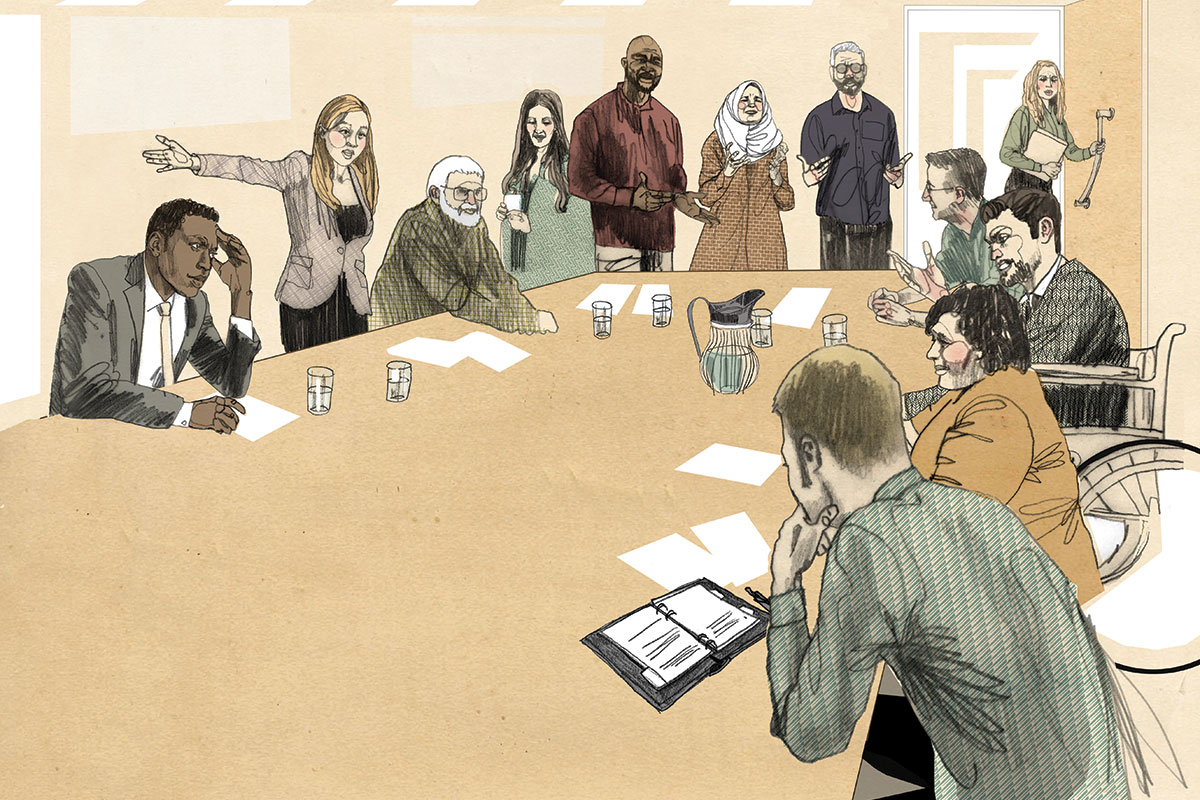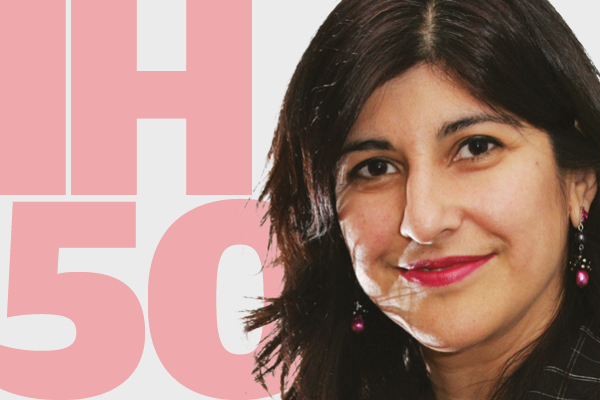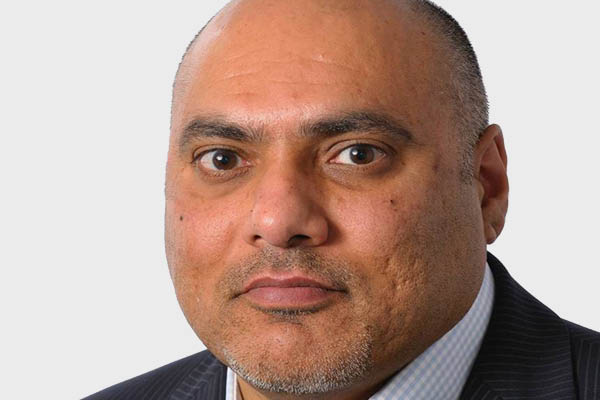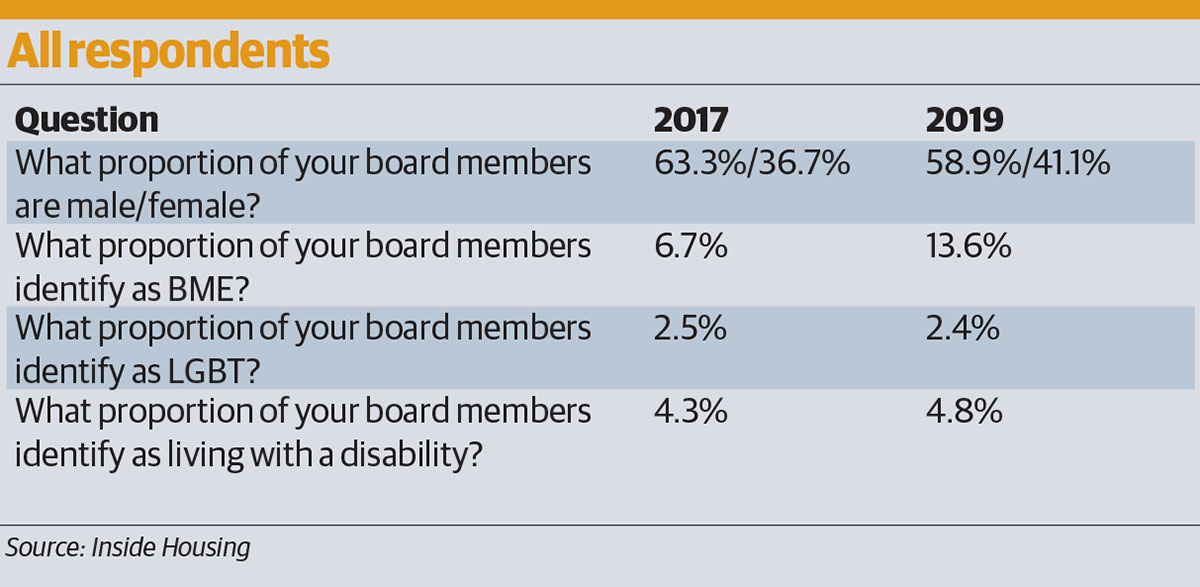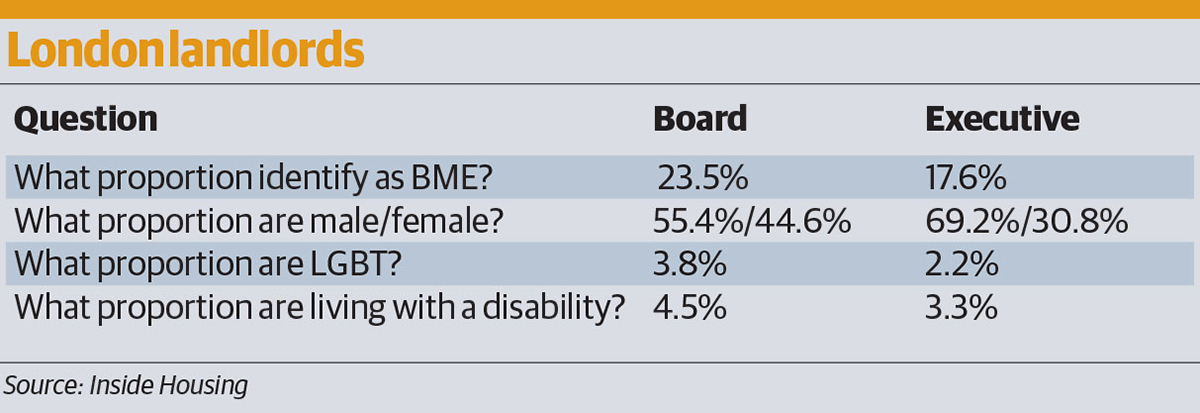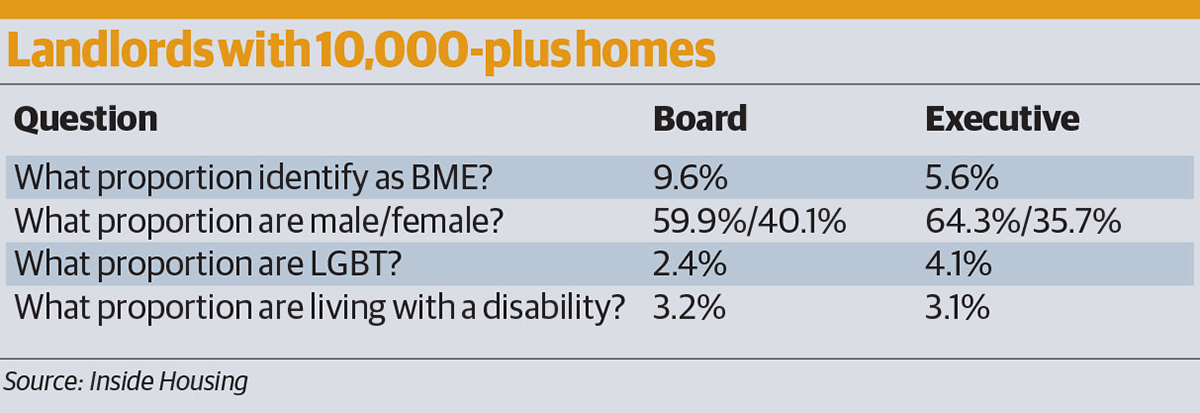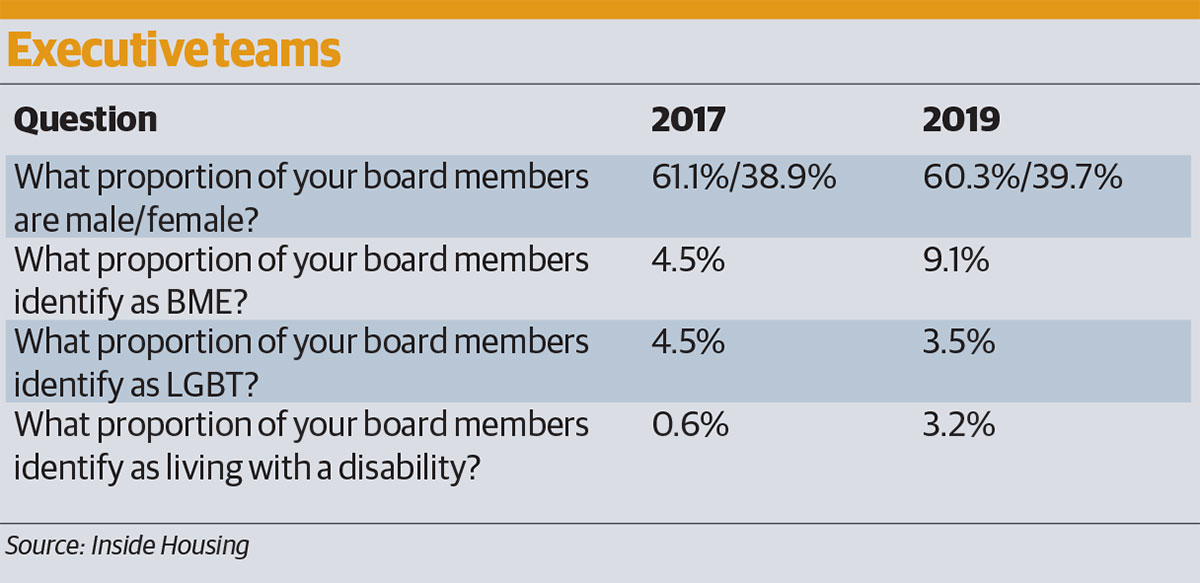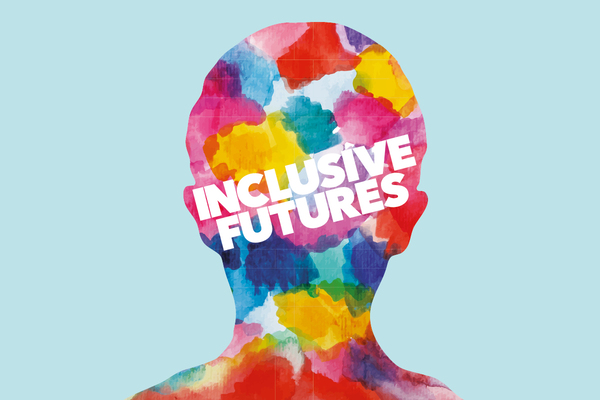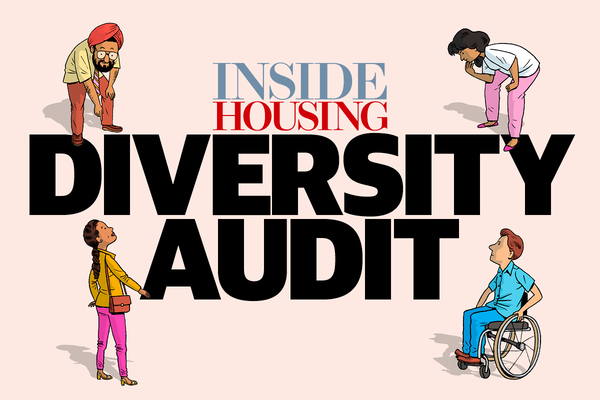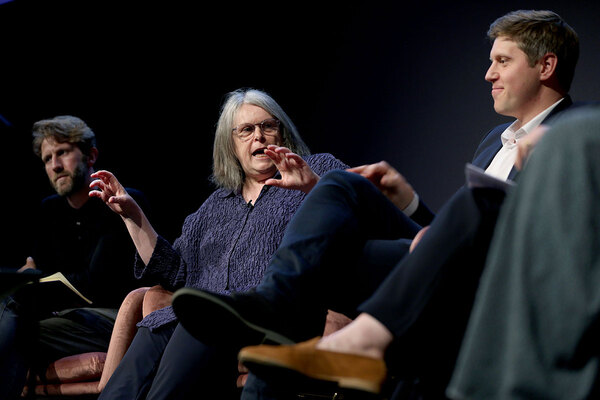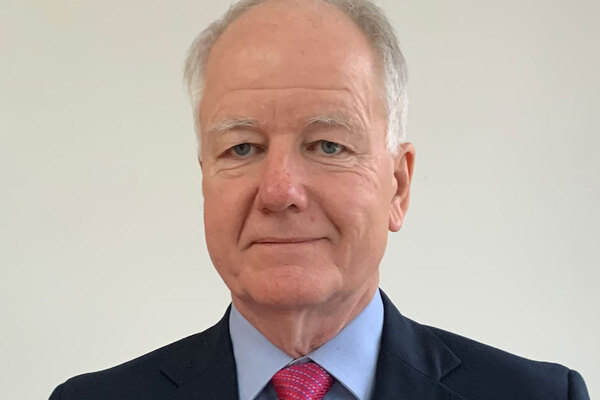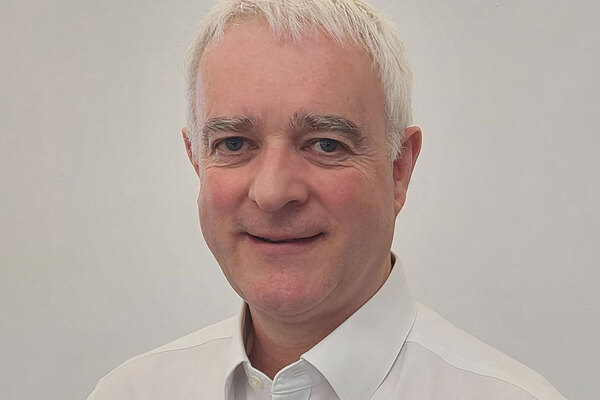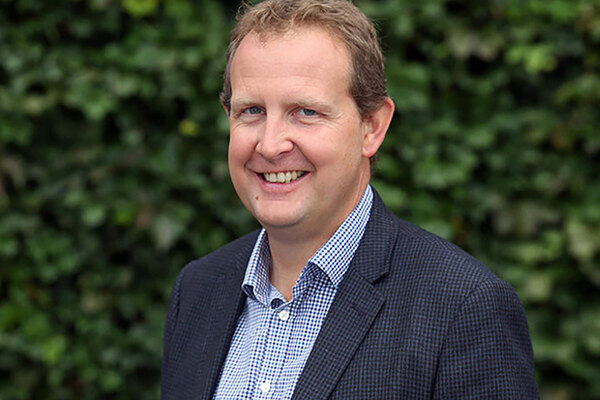You are viewing 1 of your 1 free articles
The housing diversity survey 2019
Headline figures suggest housing is making progress when it comes to diversity. But as Gavriel Hollander finds out, the picture across the sector remains patchy. Illustration by Andy MacGregor
When Inside Housing last asked the sector to examine how much progress it had made to increase diversity among its leaders, the answer we arrived at was a depressing one: at the top of the tree, housing is predominantly white and male.
Nearly two years on, we have once again taken the pulse of the housing sector and, while there is some cause for optimism, it seems there is still a long way to go.
First, the raw numbers. Two years ago (in a survey published in January 2018), we found that just 4.5% of executives among the 64 housing associations that chose to complete our survey identified as BME, while BME representation on those same organisations’ boards stood at just 6.7%.
Today, things look to have improved. The proportion of BME executives among the 61 housing associations that completed our survey this year was 9.1% – twice that of two years ago. There was similar progress at boardroom level, with 13.6% of board members identifying as BME.
With our last survey showing little change from two years before that (when we ran our initial poll), this seems like something of a step in the right direction. But a closer look under the bonnet reveals a more complicated picture.
One thing worth pointing out is that our survey – in which we asked around 300 housing associations to provide data on gender balance; number of BME and LGBT people, and people living with a disability; and the number of tenants on their boards and in their executive teams – covers only a self-selecting group of those that chose to respond.
Even though the data is anonymised except where associations gave permission for us to reveal results, it seems safe to assume that – on balance – those organisations showing better performance are more likely to respond.
Second, any improvement is from a low starting point. And with so few BME people in executive teams, for example, it only takes a relatively minor change in numbers to make the results show an apparently large improvement. To illustrate, 29 out of 317 executives identified as BME this time around, while two years ago the figure was 15 out of 331.
And even if the overall figures are encouraging, a huge number of associations have shown startlingly little progress. Of the 61 respondents, 25 either had no BME board representation or did not have the data available. More than two-thirds (41 out of 61) had no BME executives or did not have the data available.
This demonstrates another area of concern – that many associations do not keep adequate records when it comes to diversity monitoring.
Raj Patel, chief executive of the Housing Diversity Network, describes the results as “encouraging”, adding that data collection is an increasingly important consideration.
“More of the associations are waking up to the fact that they need to collect and discuss the data, whereas some it seemed even a year ago did not feel the need to do this,” he says.
Housing consultancy Altair, with whom Inside Housing has worked in partnership on this study, has also carried out its own analysis of the top 50 housing associations by stock size in England, using publicly available data. It found less progress, with 7% of board members and 5% of
executives BME.
Commenting on the Inside Housing survey, Steve Douglas, chief executive at Altair, says: “The headline figures of improvement should be treated with caution. They mask a mixed picture of some who are genuinely embracing the diversity challenge, and those who are not yet truly engaged in it. Particularly for many large housing associations, there is still work to do.”
Much of the variation between organisations depends on geography, history and internal culture. In London, where the BME population is much larger than other parts of the country, BME representation on boards is 23.5% while among executives it is 17.6%.
And even here, there are positive and less positive stories. Of the 15 associations we identified as having the majority of their stock in London, six (40%) either have no BME executives or do not have the data. One of these – a G15 member – also has no BME representation on its board.
Meanwhile, Altair’s research found that of the 12 G15 organisations, four had no BME representation at board or executive level. Excluding BME executives who are also on the board, representation at boardroom and executive level among these biggest London landlords stood at 10%.
When it comes to gender diversity, there appears to have been some improvement. In January 2018, 63.3% of board members were male, while that figure has dropped to 58.9% this time around. However, among executive teams, the proportion is roughly the same as two years ago (60.3% male today; 61.1% male in 2017).
There is also little sign of progress in terms of LGBT and disabled representation on executive teams. Last time out, 2.5% of board members identified as LGBT compared to 2.4% today, while 4.3% were living with a disability against 4.8% in this year’s survey. With a large number of associations not maintaining data on disability or sexual orientation, this again seems like an area where monitoring could be improved.
In numbers
2.4%
Proportion of board members who identify as LGBT across all respondents
66.1%
Proportion of landlords with no BME representation on their executive team
64.3%
Proportion of male executives in associations with 10,000-plus homes
40.3%
Proportion of landlords with no BME representation on their board
6
Number of BME chief executives (out of 62 respondents)
Perhaps surprisingly, tenant representation on boards has fallen since we last conducted the survey from 10.7% to 8.4%.
Ria Bailes, group director of people and change at One Housing Group, agrees that the performance of the sector as a whole is best described as patchy.
“You can see pockets of the sector doing some good things but you can’t make the assumption that everyone now understands the importance of diversity,” she tells Inside Housing.
One Housing itself is an example of an association that has made an active effort to address the relative lack of diversity it once saw in its own boardroom. Two years ago, it had just one female and one BME board member, while its executive team was entirely male and white. Today, five out of 11 board members are female and five identify as BME. At executive level, the gender split is 50/50 and there are three BME people (out of eight).
“When you looked at One Housing two or three years ago, it did not portray itself as a welcoming and inclusive group,” admits Ms Bailes. “We have worked very hard at preparing some clear messages about why diversity is important.”
Those messages are about demonstrating that thinking about diversity in housing associations moves away from being what she describes as “just a tick-box exercise”.
“It is really important for us to look like and represent the communities we work in,” she elaborates. “London is one of the most diverse cities in the world; we should reflect that.”
Among the initiatives brought in at One Housing over the past two years – which include the establishment of a BME leadership programme and a female management programme – is the introduction of the ‘Rooney Rule’. Borrowed from American football, this ensures that at least one minority candidate is included on the interview list for every position, not just at director level but for all senior managers, too.
“Whoever we are working with on recruitment, we put a lot of pressure on them to give us good, balanced candidate pools,” explains Ms Bailes.
The National Housing Federation has also adopted the Rooney Rule. Chief executive Kate Henderson says that this is part of its effort of “trying to lead by example”, but she accepts that the sector has not progressed as far as some would like.
She continues: “Housing associations are already doing lots of good things to foster a more diverse leadership: internal development programmes for BME or female employees, staff networks to give people a voice, or only participating in diverse speaker panels.
“Ideally, we’d want to see this sort of thing become even more widespread within the sector, and see more housing associations making use of them to create a more diverse leadership.”
Although there are reasons to be optimistic about housing taking diversity seriously, the examples of good practice should not mask the enormous amount of work still to be done.
Inclusive Futures
Inside Housing’s Inclusive Futures campaign aims to promote and celebrate diversity and inclusion.
We are pledging to publish diversity audits of our own coverage.
We are also committed to proactively promoting positive role models.
We will do this through the pages of Inside Housing. But we will also seek to support other publications and events organisations to be more inclusive.
Our Inclusive Futures Bureau will provide a database of speakers and commentators from all backgrounds, for use by all media organisations.
We are also challenging readers to take five clear steps to promote diversity, informed by the Chartered Institute of Housing’s diversity commission and the Leadership 2025 project.
THE INCLUSIVE FUTURES CHALLENGE
Inside Housing calls on organisations to sign up to an inclusive future by taking five steps:
Prioritise diversity and inclusion at the top: commitment and persistence from chief executives, directors and chairs in setting goals and monitoring progress.
Collect data on the diversity of your board, leadership and total workforce and publish annually with your annual report. Consider gender, ethnicity, disability, sexuality, age, and representation of tenants on the board.
Set aspirational targets for recruitment to the executive team, board and committees from under-represented groups.
Challenge recruiting staff and agencies to ensure that all shortlists include candidates from under-represented groups.
Make diversity and inclusion a core theme in your talent management strategy to ensure you support people from under-represented groups to progress their careers.
THE CASE FOR CHANGE
34%
of housing association chief executives are female
1%
of housing association executives have a disability
1.6%
of housing association board members are LGBT
Women make up 46% of the UK workforce, but Inside Housing research found that they are under-represented on housing association boards (36%), executive teams (39%) and among chief executives (34%).
Almost a fifth of working-age adults have a disability (18%), yet associations reported only 1% of executives and 4.5% of board members with a disability. Many were unable to provide details.
Nationwide, 14% of the working-age population come from a BME background, climbing to 40% in London and Birmingham. Yet our research found that 6.8% of board members identified as BME, compared with 4.5% of executives.
Statistics on representation of LGBT people in the workforce are in short supply, but official statistics suggest that 2% of the total UK population identify as lesbian, gay or bisexual, rising to 4.1% for 16 to 24-year-olds. Our survey found that 1.6% of board members and 10 executives were LGBT – but most organisations were unable to provide figures.
The Inside Housing Diversity Audit: how diverse has our coverage been?
The media plays a key role in championing diverse role models, so we designed a project to measure Inside Housing’s track record.
